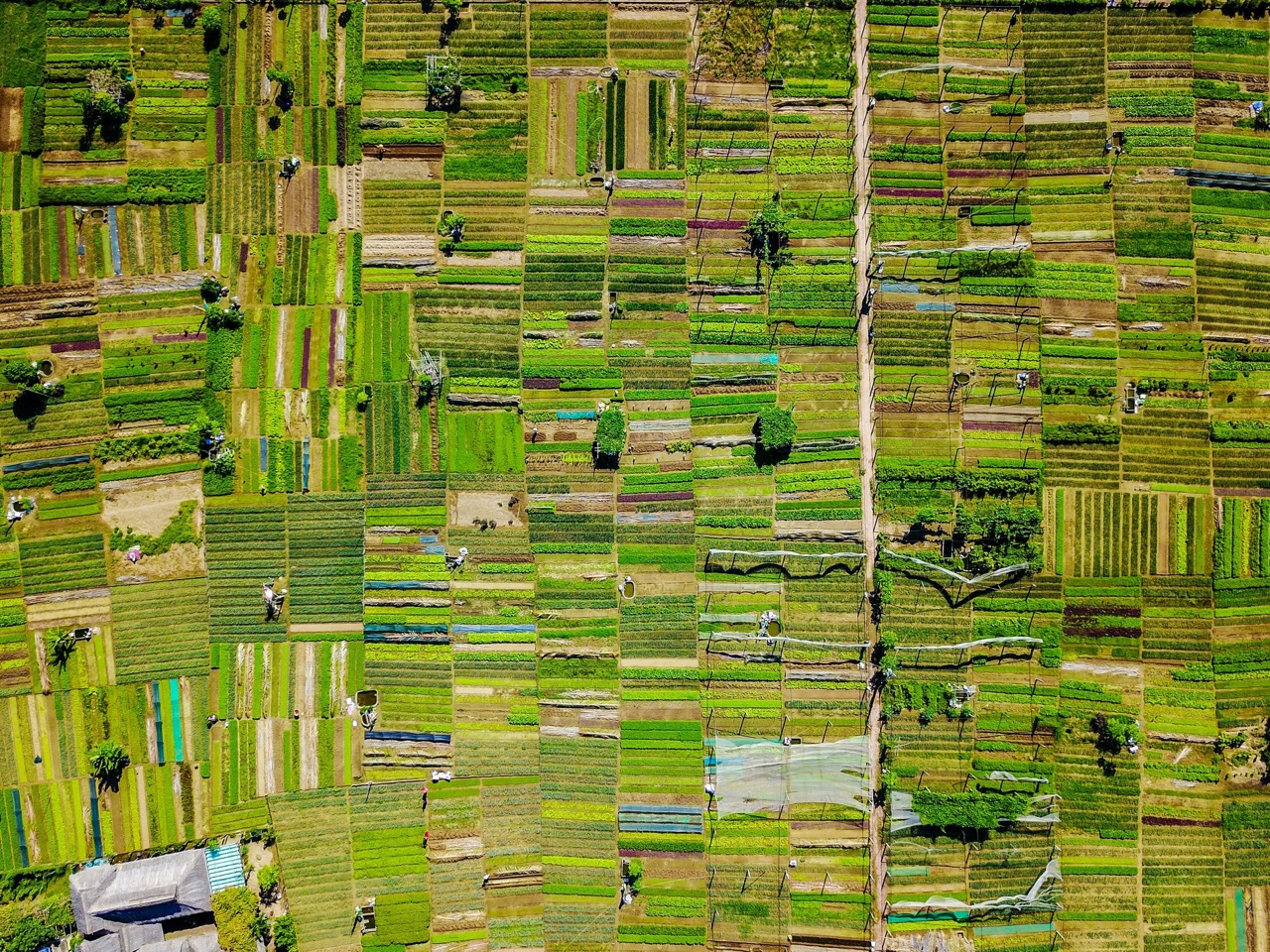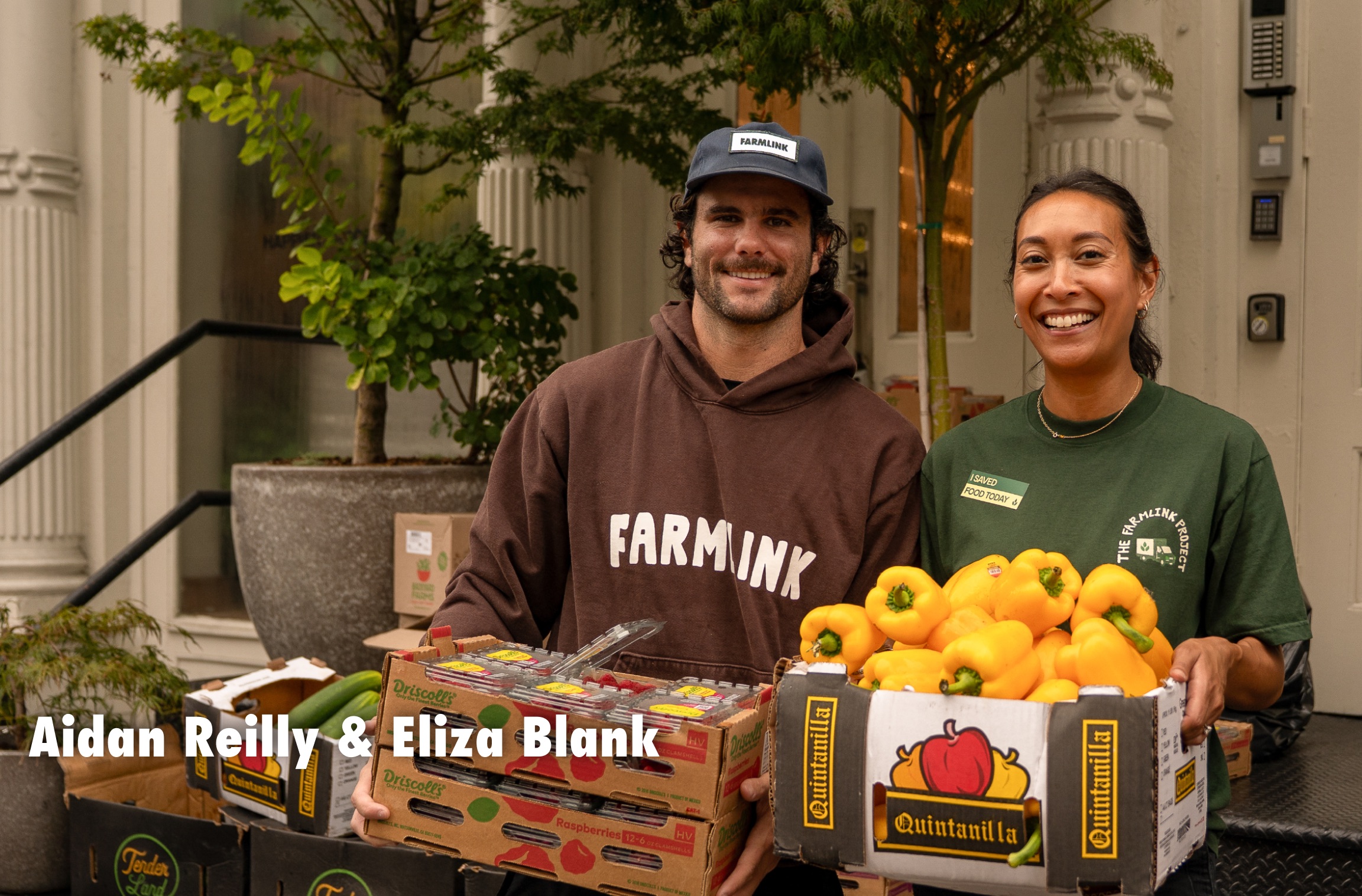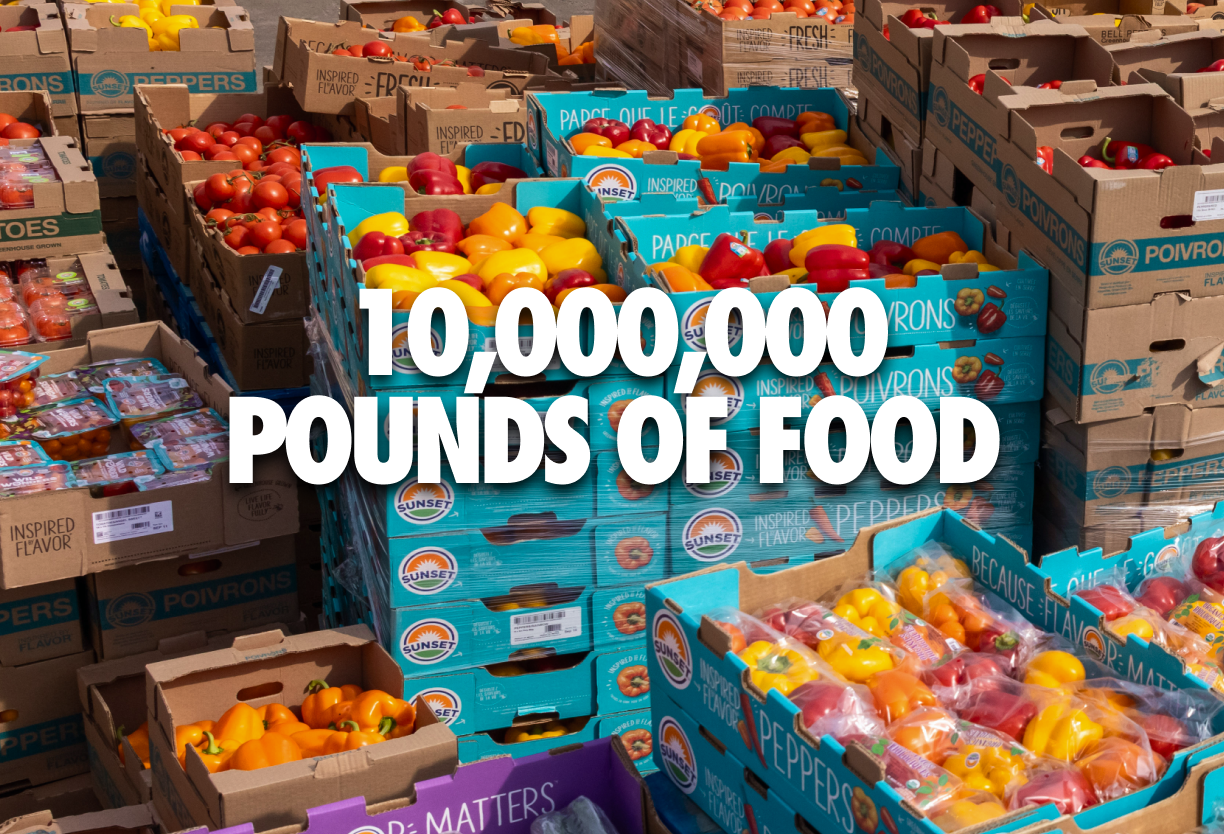A More Precise Approach to Valuing our Food Donations
At The Farmlink Project, we have always been committed to transparency and accuracy in how we report our impact, which includes the financial value it represents. As our organization continues to grow and evolve, we are now at a juncture to update our internal methodology of how we value the food we receive as donations and reflect them in our financial statements. The prior methodology was an appropriate one for the stage of our organization and we're proud now to be ready for this next stage, which we believe will better reflect the true value of our donated food, which is primarily fresh produce.
While we previously relied on a commonly used single external data source for an average price per pound of all food types, starting in FY2025 (April 1, 2024-March 31, 2025) we are estimating an average price per pound value for each specific produce type. We are using specialty crop pricing data from the USDA Agricultural Marketing Service (AMS), a reliable and unbiased source of farm commodity prices. To estimate the value of our food donations, we match the commodities in the AMS database with the items we receive. For each item, we estimate the average price per pound from the previous calendar year and multiply that by the total quantity donated.
What Does This Mean for Our Financial Reporting?
Because we are transitioning from an average price per pound for all food types to a calculation that is based on the actual food we receive - which is mostly fresh produce - the price per pound reflected in our financial statements beginning in FY2025 will be significantly reduced. While this change will result in a lower reported financial value, it represents a crucial step toward enhancing the precision and relevance of our financial reporting.
Looking Ahead
This change does not diminish the incredible impact of our generous food donors or the amount of essential food being delivered to communities. It simply reflects a more precise way of reporting that food’s dollar value in our financial statements.
In fact, this shift comes at a time of record growth: during FY2025, we moved 144 million pounds of food, a 20% increase over the previous year.
We are profoundly grateful for the continued support of partners like you. Thank you for standing with us as we work toward a world without food waste—where both people and our planet can thrive.
< Back
A More Precise Approach to Valuing our Food Donations
At The Farmlink Project, we have always been committed to transparency and accuracy in how we report our impact, which includes the financial value it represents. As our organization continues to grow and evolve, we are now at a juncture to update our internal methodology of how we value the food we receive as donations and reflect them in our financial statements. The prior methodology was an appropriate one for the stage of our organization and we're proud now to be ready for this next stage, which we believe will better reflect the true value of our donated food, which is primarily fresh produce.
While we previously relied on a commonly used single external data source for an average price per pound of all food types, starting in FY2025 (April 1, 2024-March 31, 2025) we are estimating an average price per pound value for each specific produce type. We are using specialty crop pricing data from the USDA Agricultural Marketing Service (AMS), a reliable and unbiased source of farm commodity prices. To estimate the value of our food donations, we match the commodities in the AMS database with the items we receive. For each item, we estimate the average price per pound from the previous calendar year and multiply that by the total quantity donated.
What Does This Mean for Our Financial Reporting?
Because we are transitioning from an average price per pound for all food types to a calculation that is based on the actual food we receive - which is mostly fresh produce - the price per pound reflected in our financial statements beginning in FY2025 will be significantly reduced. While this change will result in a lower reported financial value, it represents a crucial step toward enhancing the precision and relevance of our financial reporting.
Looking Ahead
This change does not diminish the incredible impact of our generous food donors or the amount of essential food being delivered to communities. It simply reflects a more precise way of reporting that food’s dollar value in our financial statements.
In fact, this shift comes at a time of record growth: during FY2025, we moved 144 million pounds of food, a 20% increase over the previous year.
We are profoundly grateful for the continued support of partners like you. Thank you for standing with us as we work toward a world without food waste—where both people and our planet can thrive.
New Valuation Method, Same Incredible Impact
A More Precise Approach to Valuing our Food Donations
At The Farmlink Project, we have always been committed to transparency and accuracy in how we report our impact, which includes the financial value it represents. As our organization continues to grow and evolve, we are now at a juncture to update our internal methodology of how we value the food we receive as donations and reflect them in our financial statements. The prior methodology was an appropriate one for the stage of our organization and we're proud now to be ready for this next stage, which we believe will better reflect the true value of our donated food, which is primarily fresh produce.
While we previously relied on a commonly used single external data source for an average price per pound of all food types, starting in FY2025 (April 1, 2024-March 31, 2025) we are estimating an average price per pound value for each specific produce type. We are using specialty crop pricing data from the USDA Agricultural Marketing Service (AMS), a reliable and unbiased source of farm commodity prices. To estimate the value of our food donations, we match the commodities in the AMS database with the items we receive. For each item, we estimate the average price per pound from the previous calendar year and multiply that by the total quantity donated.
What Does This Mean for Our Financial Reporting?
Because we are transitioning from an average price per pound for all food types to a calculation that is based on the actual food we receive - which is mostly fresh produce - the price per pound reflected in our financial statements beginning in FY2025 will be significantly reduced. While this change will result in a lower reported financial value, it represents a crucial step toward enhancing the precision and relevance of our financial reporting.
Looking Ahead
This change does not diminish the incredible impact of our generous food donors or the amount of essential food being delivered to communities. It simply reflects a more precise way of reporting that food’s dollar value in our financial statements.
In fact, this shift comes at a time of record growth: during FY2025, we moved 144 million pounds of food, a 20% increase over the previous year.
We are profoundly grateful for the continued support of partners like you. Thank you for standing with us as we work toward a world without food waste—where both people and our planet can thrive.
.png)







.svg)
.svg)
.svg)